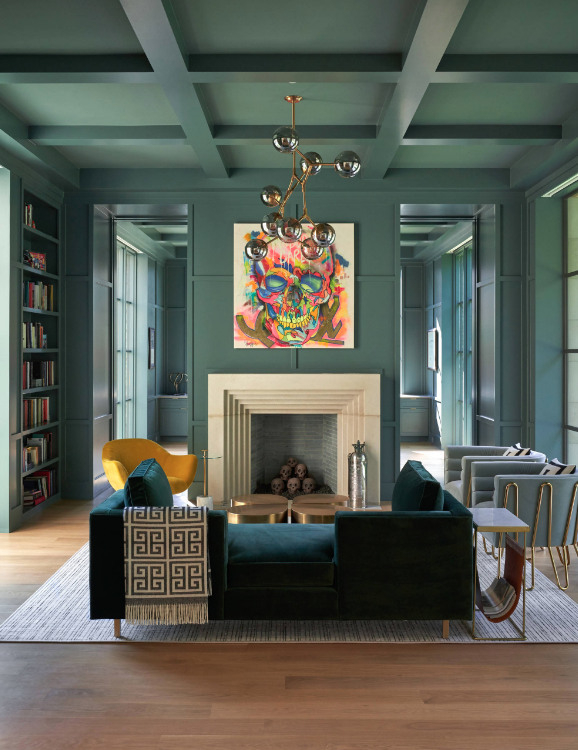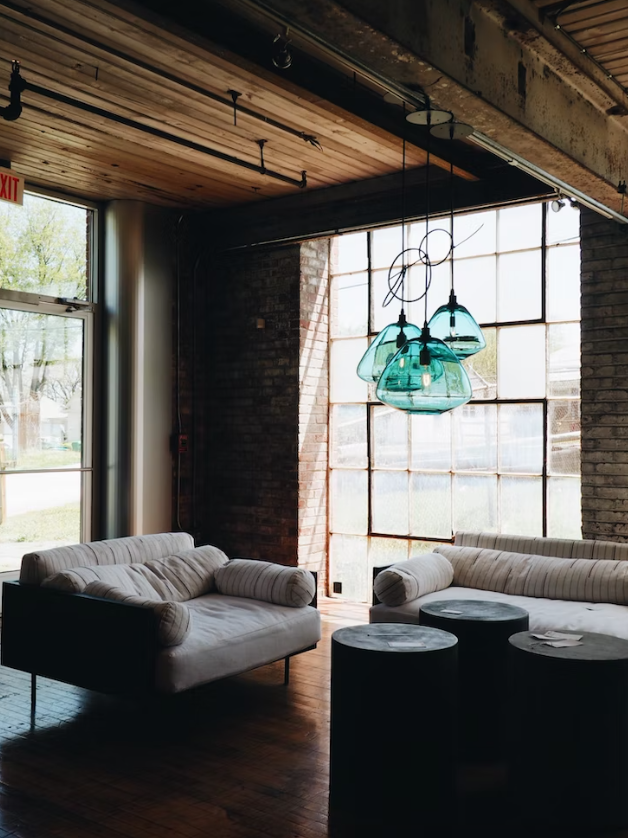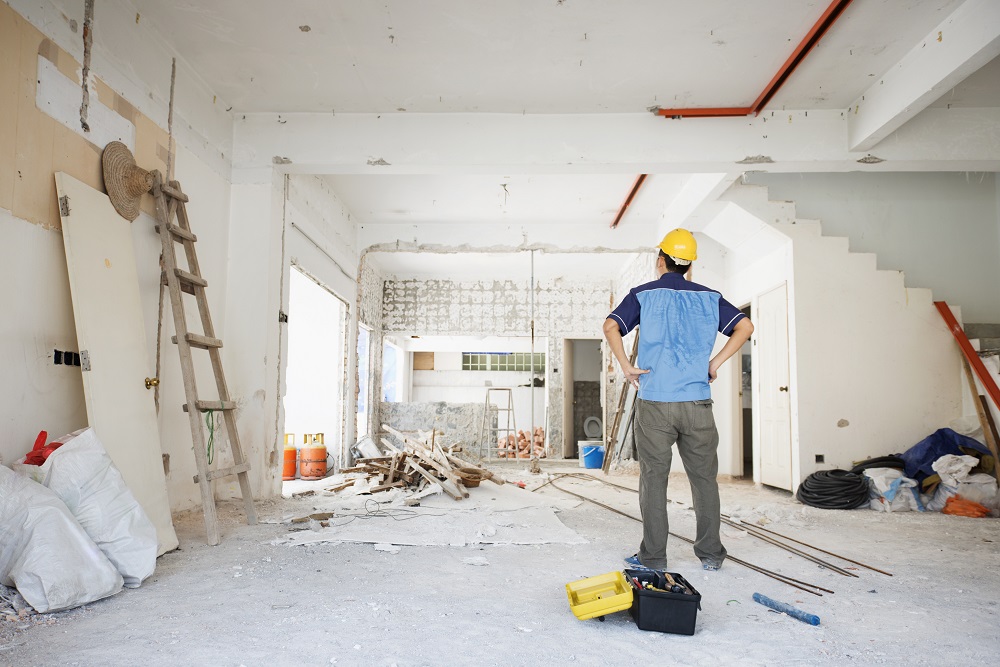Modern Architecture Concept
In the ever-evolving world of architecture, the concept of “modern architecture” stands as a testament to innovation, functionality, and aesthetics. Emerging in the early 20th century and continuing to influence the built environment today, modern architecture has become a defining movement that has shaped the way we think about design and the spaces we inhabit.

Origins of Modern Architecture:
1. Industrial Revolution and Changing Needs: Modern architecture emerged as a response to the industrial revolution and the changing needs of society. It was a rejection of the ornate, historicist styles that had dominated the 19th century. Pioneering architects such as Le Corbusier, Ludwig Mies van der Rohe, and Frank Lloyd Wright led the charge by advocating for a new approach characterized by simplicity, efficiency, and the use of innovative materials. This movement sought to align architecture with the fast-paced, industrialized world of the 20th century.
Key Principles:
1. Form … Read more


